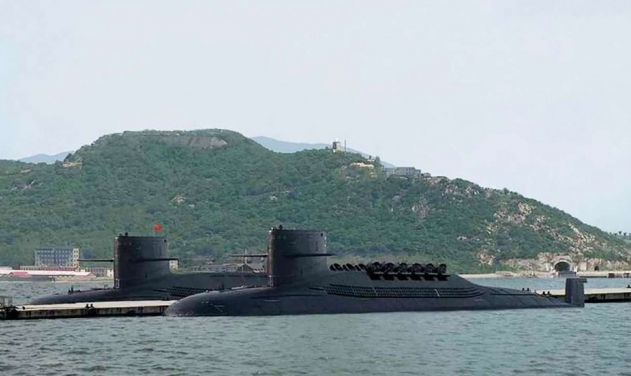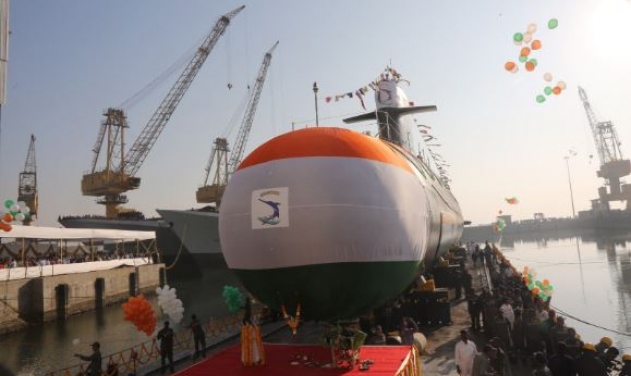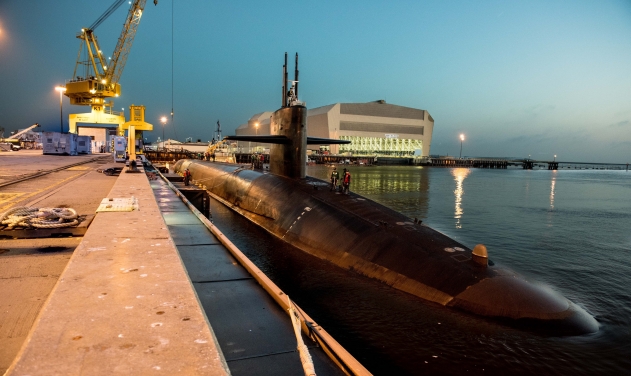US Navy’s ‘Night Hunter’ Drone Ship To Stalk Russian, Chinese Submarines

The US navy is expanding the mission capabilities of its experimental submarine-hunting drone ship Sea Hunter that is capable of stalking Russian and Chinese submarines.
The diesel-powered submarine is able to stalk for 10,000 nautical miles on a single tank of fuel at a speed of up to 27 knots. Further, it can engage in surface warfare missions, fire weapons and launch electronic attacks, Sputnik News reported Sunday.
“The 40-meter-long self-propelled warship, dubbed Sea Hunter, is a major advance in robotic warfare at the core of America's strategy to counter Chinese and Russian naval investments,” Kris Osborne wrote in the latest issue of Scout Warrior.
“It is designed to cruise on the ocean’s surface for two or three months at a time,” he added.
Work on the Defense Advanced Research Project Agency’s Sea Hunter started in 2010 as an anti-submarine ship called “Anti-Submarine Warfare Continuous Trail Unmanned Vessel,” or ACTUV.
The project was the Navy’s response to the emergence of anaerobic submarine engines that are exceptionally silent, according to the Sea Hunter’s designers.
Diesel submarines powered by such engines can stay underwater for months and pose a serious threat to US carrier groups.
Built to withstand rough seas up to Sea State 5 or waves up to five meters, the Sea Hunter carries an array of advanced hydro-acoustic gear to ensure unmanned navigation to shadow enemy submarines and force them to stay clear of strategically vital areas.
The Sea Hunter’s sensors and sonar technology ensure effective search for and continuous tracking of even the quietest submarine targets. Further, its high-frequency sonar can determine the shape, size, speed and characteristics of any undersea enemy activity by sending acoustic “pings” into the ocean.
The Sea Hunter will perform patrols in tandem with P-8 Poseidon antisubmarine warfare planes, MQ-4C Triton drones and special hydro-acoustic buoys.
The Sea Hunter can be controlled by a human “tele-operator” maneuvering the ship with the help of a joystick. As the technology progresses, the Navy’s plan to rapidly migrate the system, which is tele-operated to something that can increasingly perform a wider range of functions without needing human intervention.













